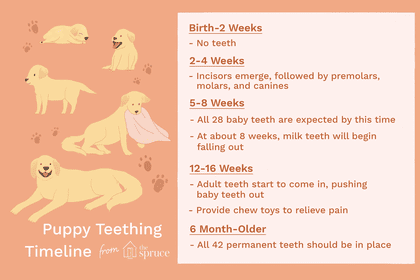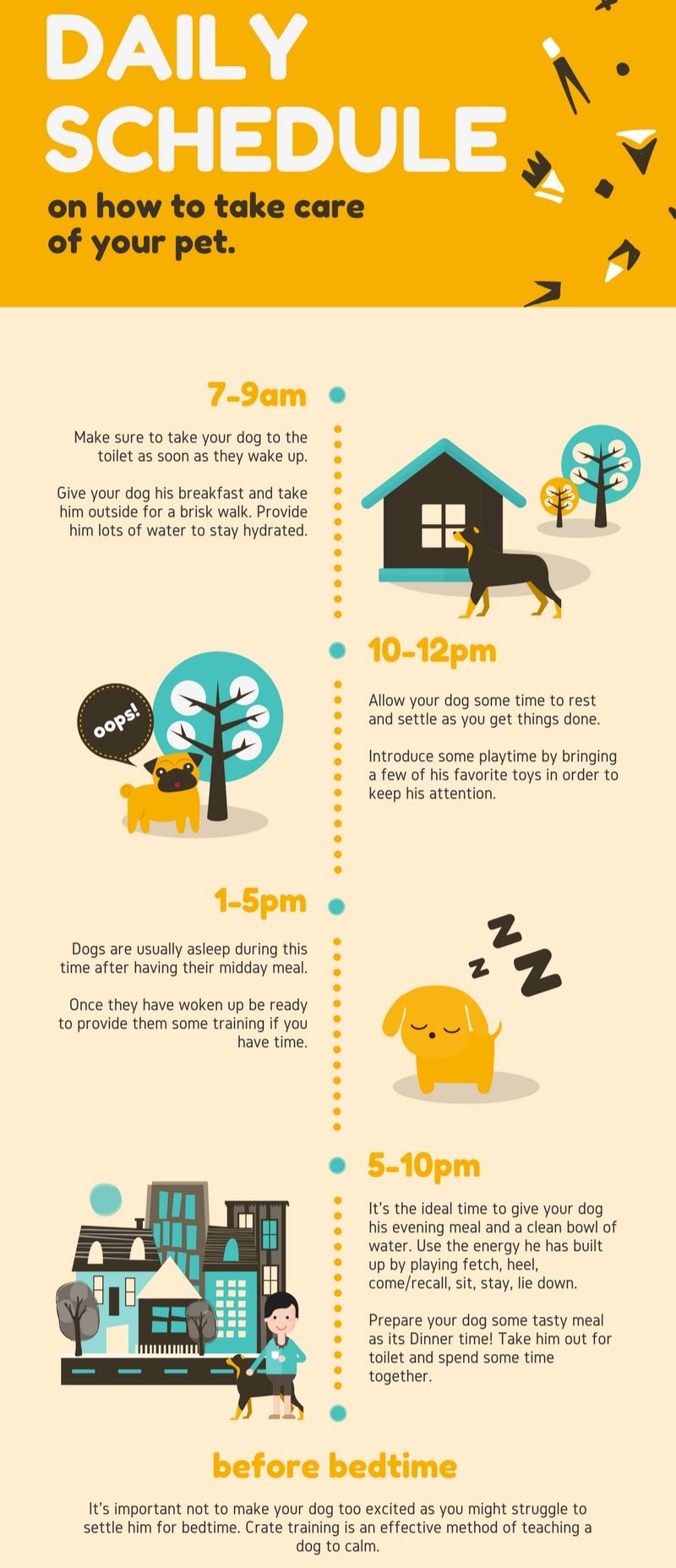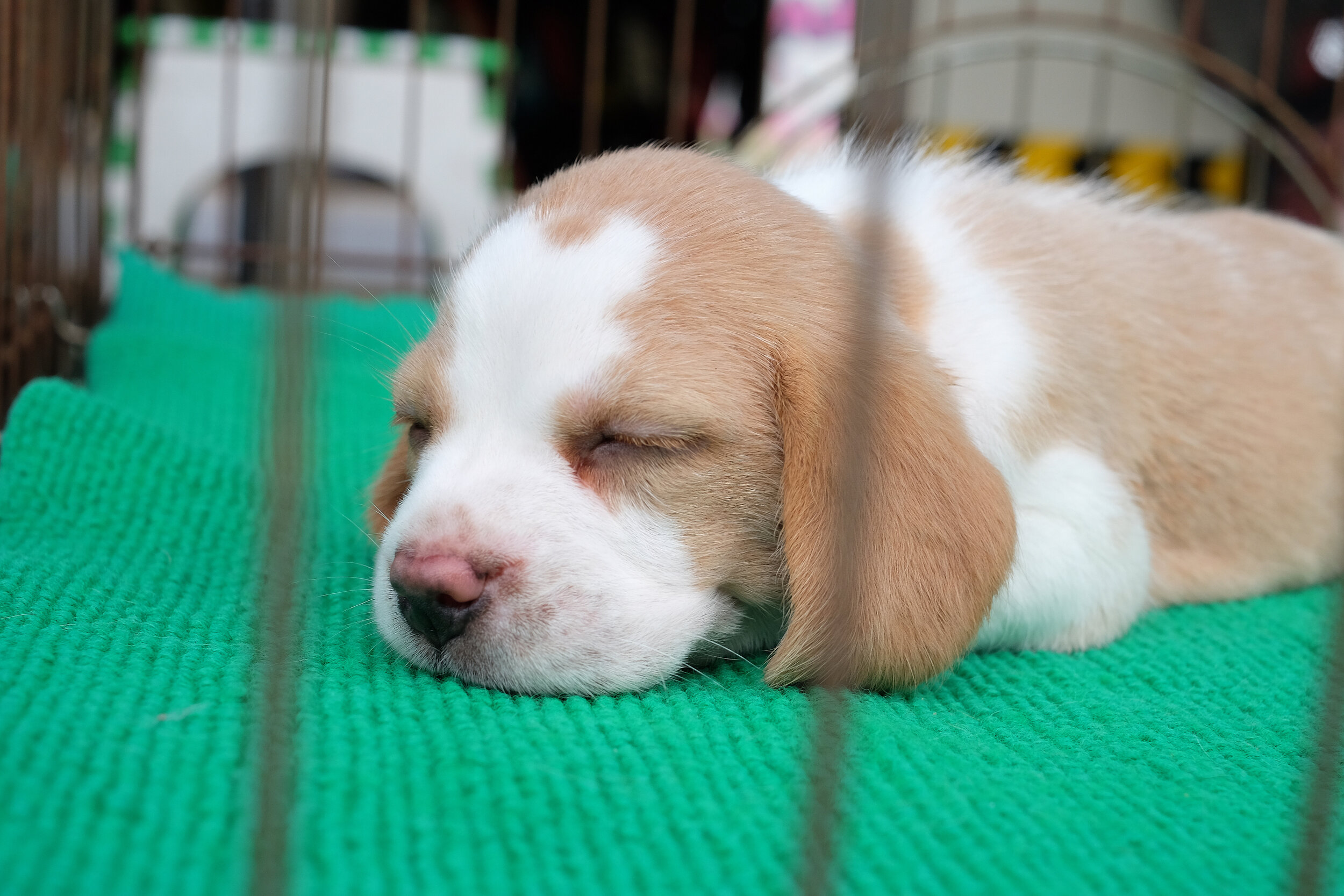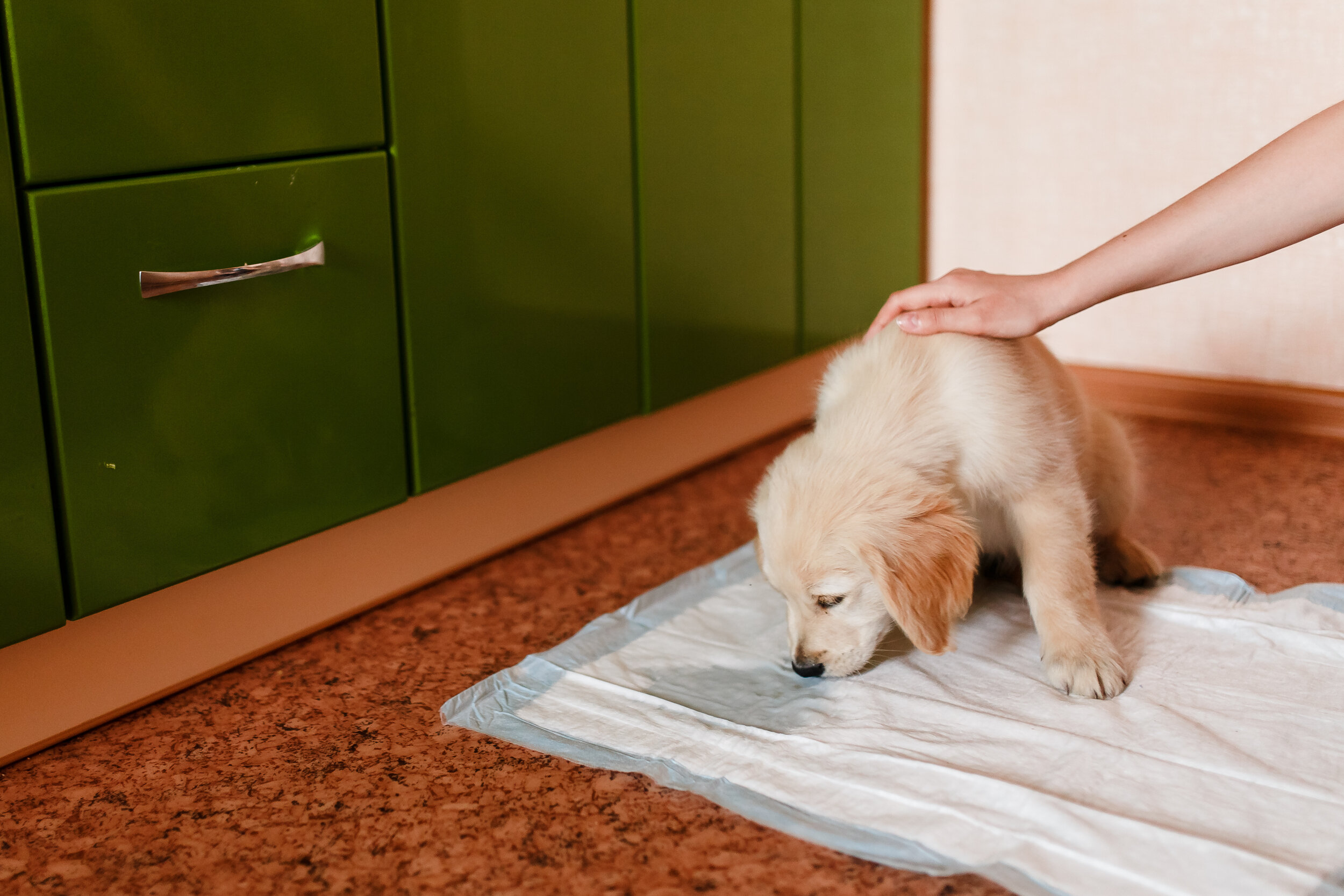Caring for an animal takes a lot of learning, a lot of hard work and—of course—a lot of love!
BEFORE BRINGING YOUR PET HOME:
Before getting your new pet, make sure you have all the supplies you will need to care for your pet. This includes:
Water bowl, food bowl, collar, leash, crate, food, treats grooming items, toys, pet bed, litter box and ID tags.
GROOMING YOUR PET
Nail Trimming
Regular nail trims are important. Typically nail trims are done every 4 to 6 weeks. If the nails are left to grow too long, they can grow into the pad of their foot or curl outwards causing pain and discomfort while walking. To make it easier to trim your pet’s nails when they are young, play with their feet as much as possible. This helps them get used to their paws being touched.
Brushing
Brushing your pet is a great way to bond with them. Regular brushing prevents matts from forming and helps with shedding. When you brush, don’t forget to brush their tail and ears. One of the best brushes you can get is called a slicker brush. A slicker brush can be used on both dogs and cats.
Ear Cleaning
Regularly cleaning of your dog or cat’s ears is very important. It helps prevent ear infections and keeps them clean and clear of any unwanted issues. Using a cotton ball with some pet ear cleanser, use your finger to wipe the inside of their ear removing the dirt. Dogs with long floppy ears are more prone to ear infections so regular cleaning is important. Long-haired dogs can have hair growing inside their ears. The hair can be removed by your veterinarian or groomer. This is called “ear plucking”.
Bathing
Bathing our pets is something that should be done on a regular basis. Cats do not require regular baths with water since they bathe themselves. If you do bathe your cat, use only feline specific shampoo. For dogs it depends on what breed you have and how dirty they get. For puppies you should only use puppy shampoo. Once your puppy is an adult, a normal hypoallergenic shampoo is a good option to use.
MICROCHIPPING YOUR PET
What Is Microchipping?
Microchipping is when we insert a small chip under the skin. That chip has a unique number that can be used to identify your pet. The unique number is registered with your contact information as well as information on your pet.
Why should I Microchip?
Microchips are one of the best ways to get your pet home if they get lost or stolen.
When can I Microchip my pet?
You can microchip your pet at any time. Typically, pet owners will microchip their pets at the time of their spay or neuter surgery.
CRATE TRAINING
To a dog, a crate is his own space; it is a safe place where he can relax. Proper crate training is not cruel – a properly crate trained dog is comfortable with his crate and will enter on his own.
The dog should be able to sit, stand and lie down in his crate. For puppies, you can block the crate to better suit your puppy’s size. Place the crate in an actively used area or your home (kitchen, family room). Placing the crate away from any action will make your puppy feel neglected and left out.
The puppy should be let out of the crate every one to one-and-a-half hours to relieve itself, and exercise.
Crates prevent chewing and destruction of the home while providing a safety zone for the new member of your family from children and other pets. The crate should not be used for punishment.
THE FIRST FEW NIGHTS WITH YOUR PET
Once your pet arrives home, show them their potty area and allow them to stretch their legs. If you have a puppy, crate your puppy for some quiet time. There, they will have the chance to look around and get to know their surroundings without feeling overwhelmed with new people, other pets and distractions.
If you are bringing home a kitten, leave them for at least a couple of hours in a room to allow them to get used to their safe room. Introduce family members one at a time and ensure any young children know how to handle a cat or kitten in a gentle and calm manner. Have them sit on the floor quietly and speak gently to the cat.
SPAY AND NEUTER PROCEDURES
What is a Spay surgery?
A Spay or Ovariohysterectomy is a surgical procedure where the uterus and ovaries are removed from a female dog or cat.
What is a Neuter surgery?
A Neuter or Gonadectomy, is a surgical procedure where the testicles are removed from a male dog or cat.
Why should I Neuter my Pet?
Neutering can help reduce aggressive behaviors in dogs and cats. After neutering a cat, it will help prevent them from spraying (urinating to mark territory). There are health benefits to Neutering. Neutering prevents testicular cancer, prostate disease as well as hernias.
Why should I Spay my Pet?
Spaying has many health benefits. Spaying reduces the risk of mammary tumors, uterine cancers, and Pyometra (a puss filled uterus).
When should I Spay or Neuter my pet?
The typical age recommended to spay or neuter your pet, is at 7-8 months of age.
What is a heat cycle?
A Heat cycle or Estrous in the female reproductive cycle, occurs once your female dog or cat has reached sexual maturity. When a dog or cat is “in heat”, that means that they are most receptive to a male. Some signs that your pet is going into heat is that her genitals will swell and there will be discharge coming from her vaginal area. The bloody discharge will become lighter throughout the cycle and there can be inappropriate urinating in the house. A heat cycle can last from one to two weeks.
HOUSETRAINING
Be sure to let your puppy out;
First thing in the morning
After eating, playing, napping, drinking
If he/she is sniffing around or acting restless
Throughout the day
Last thing at night
Paper/Pad training can work well for some puppies, however this may increase the workload for you. This is because you will first have to paper train the puppy and then you will have to train outdoors.
Take the puppy out the same door each time when he/she is going to relieve themselves. The vocal command is encouraged because this can later be used to help the puppy relieve himself when and where you would prefer. Sticking to one command is a good idea.
If the puppy wakes up during the night, he should be taken outside immediately.
Accidents do happen, so try to catch the puppy in the process and use a firm “NO” followed by a loud noise or clap. Immediately take the puppy outdoors and wait until he finishes his business before he reenters the home. Puppies do not understand the concept of time; even a five-second delay is too late!
Patience and consistency are the best way of housetraining a puppy. Remember to praise good behaviour right away.
CLEANING ANY ACCIDENTS THOROUGHLY WITH LEMON JUICE OR VINEGAR WILL REDUCE THE CHANCE OF RECURRENCE.
SOCIALIZATION
A puppy’s critical socialization begins when they are with the breeder, and continues between the 8-12 week mark (when you first bring them home). A good registered breeder will set the puppy up for success! This includes introducing them to many new sights and sounds, as well as introducing them to new people of all ages before even going into their new homes.
Teach your Puppy the daily routines that will govern their life!
Dogs thrive on routines that are familiar, predictable and repeated. When possible, do the same things with your puppy every day – the same things in the same order, using the same words.


















